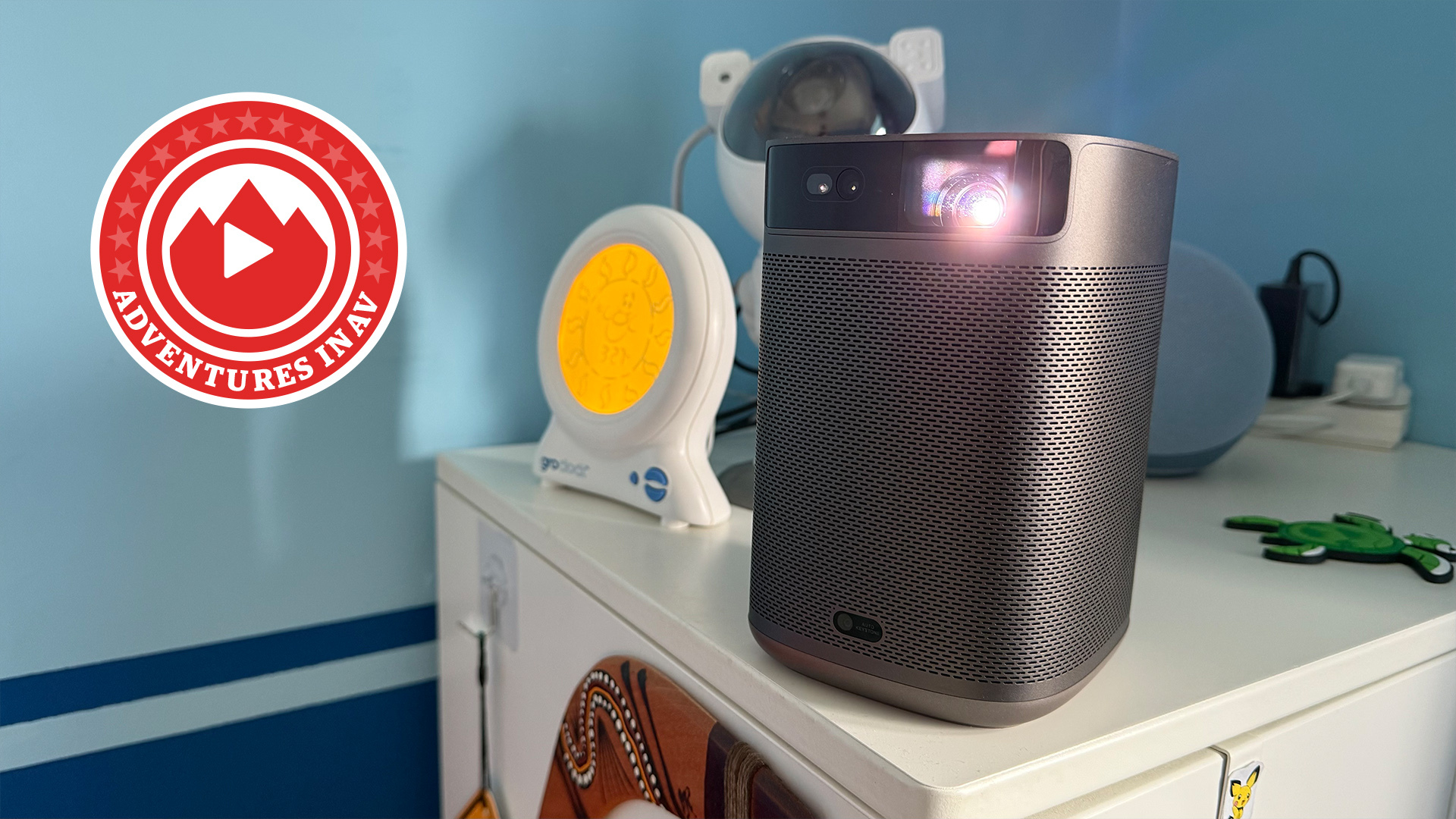How Rogers Hi-Fi is bringing back some iconic BBC speakers
Rogers' Andy Whittle explains the why and the how

To the younger hi-fi enthusiast, of whom there are undoubtedly some among our ranks, it might come as a surprise to learn the BBC once designed its own speakers. The same licence fee that's now used to fund new series of Mrs Brown's Boys was once invested in what Rogers Hi-Fi's Andy Whittle calls Britain's "world-breaking commitment to audio".
The task of building the speakers was divided up between a thriving British hi-fi industry – Rogers was among the companies holding licenses, along with Goodmans and Spendor. Having already brought the LS3/5A and LS5/9 back to the market, Rogers has plans to re-release more of the company's back catalogue in the future.
Though the parts are more or less the same, drivers previously built by KEF have had to be reverse-engineered. As Whittle explains, this is as much about recapturing the sound and the essence of the speakers as it is following an old recipe.
A personal history
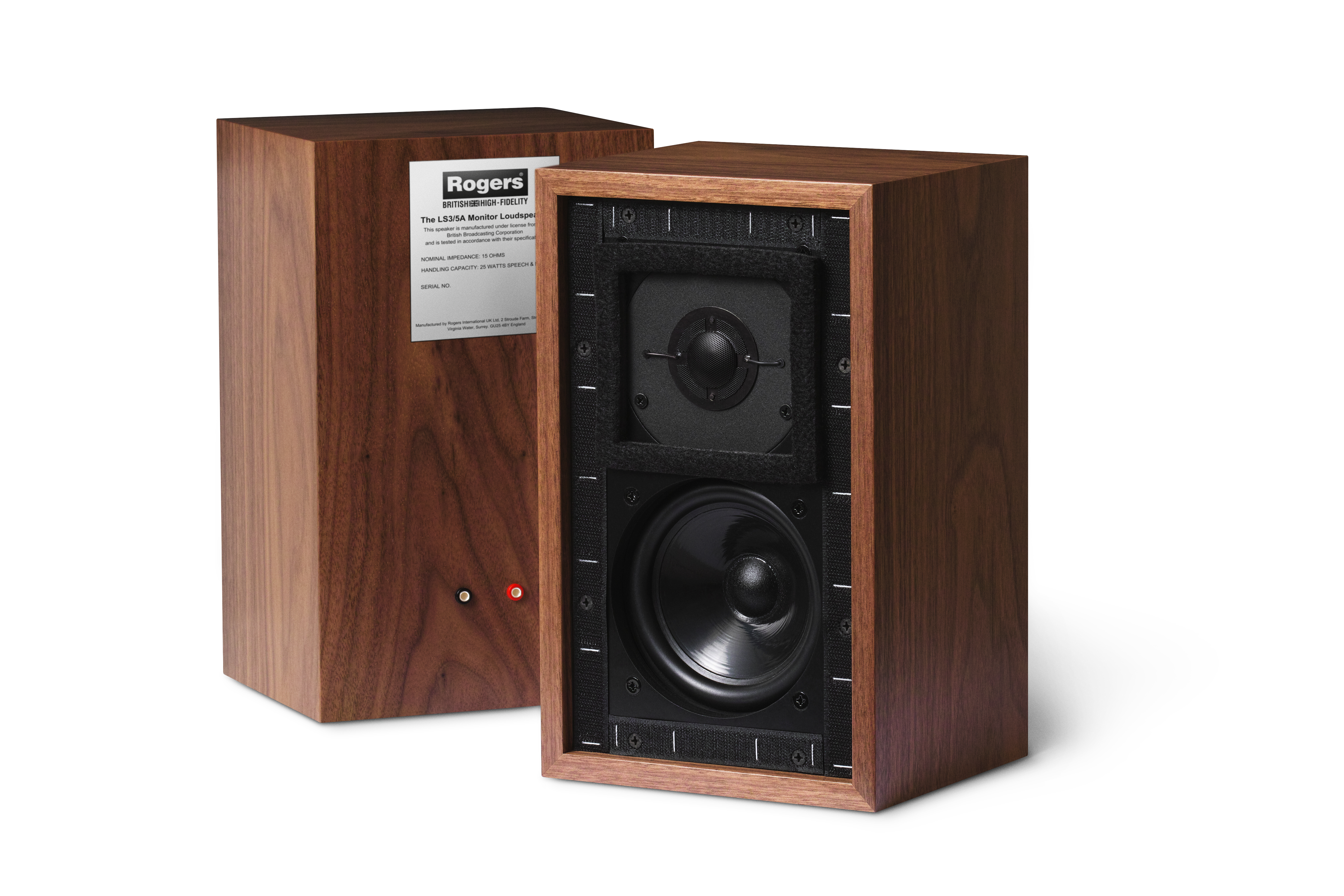
What Hi-Fi?: Let’s talk about your background. How did you get from where you started to where you are today?
Andy Whittle: I started in 1985 with Goodmans loudspeakers. At that time, Goodmans had a license for making the BBC LS3/5A. I worked on what was then the MkII Goodmans Maxim; there was an original Goodmans Maxim in the 60s, which was partly designed with Laurie Fincham from KEF. When I worked at Goodmans, they were making 3/5As and wanted to reinvent the Maxim name, but a cheaper version. I designed the Maxim II speaker, which got some awards and good reviews.
So that’s how I started. I did a spell with Celestion in Ipswich, which at that time had a professional market and a domestic hi-fi market. I was working on the professional side, on 10- and 12-inch guitar speakers. It’s the polar opposite to home audio because you’re not trying to introduce distortion, but guitar speakers like distortion in certain places at certain times.
You’re actually trying to colour the sound there?
You want some break-up, but also a particular tone. It's interesting – you spend most of your career trying to get rid of distortion and then someone asks you to put it back in. It’s like, let’s look through the other end of the telescope and see what happens.
After that, I did a bit down at Mordaunt-Short, which was part of the TGI group that owned Tannoy and Goodmans. TGI also had Epos and Creek Audio, and there was a period in the late 80s when we were all together under one roof. I ended up working with Robin Marshall on the Epos ES11 bass unit.
Get the What Hi-Fi? Newsletter
The latest hi-fi, home cinema and tech news, reviews, buying advice and deals, direct to your inbox.
In the early 90s, I moved to Rogers. It’s a small industry, of course – everyone moves around and knows everybody else. At that time, Rogers was making all the BBC monitors. I carried on the Rogers tradition of the BBC-balanced sound and brought out one or two new ranges. I did the AB1 subwoofer that went with the 3/5A, and then we did the DB101.
Michael O’Brien, who owned Rogers, sold the company to the Wo Kee Hong Group in Hong Kong. They ran it for four or five years before the big financial crisis in the late 90s when they pulled the plug on the UK manufacture. They weren’t making those products in Hong Kong or China, they were basically making their own products and introducing them to the domestic market; so they moved a bit more mainstream, doing more AV stuff. But that was all kept in the domestic China market.
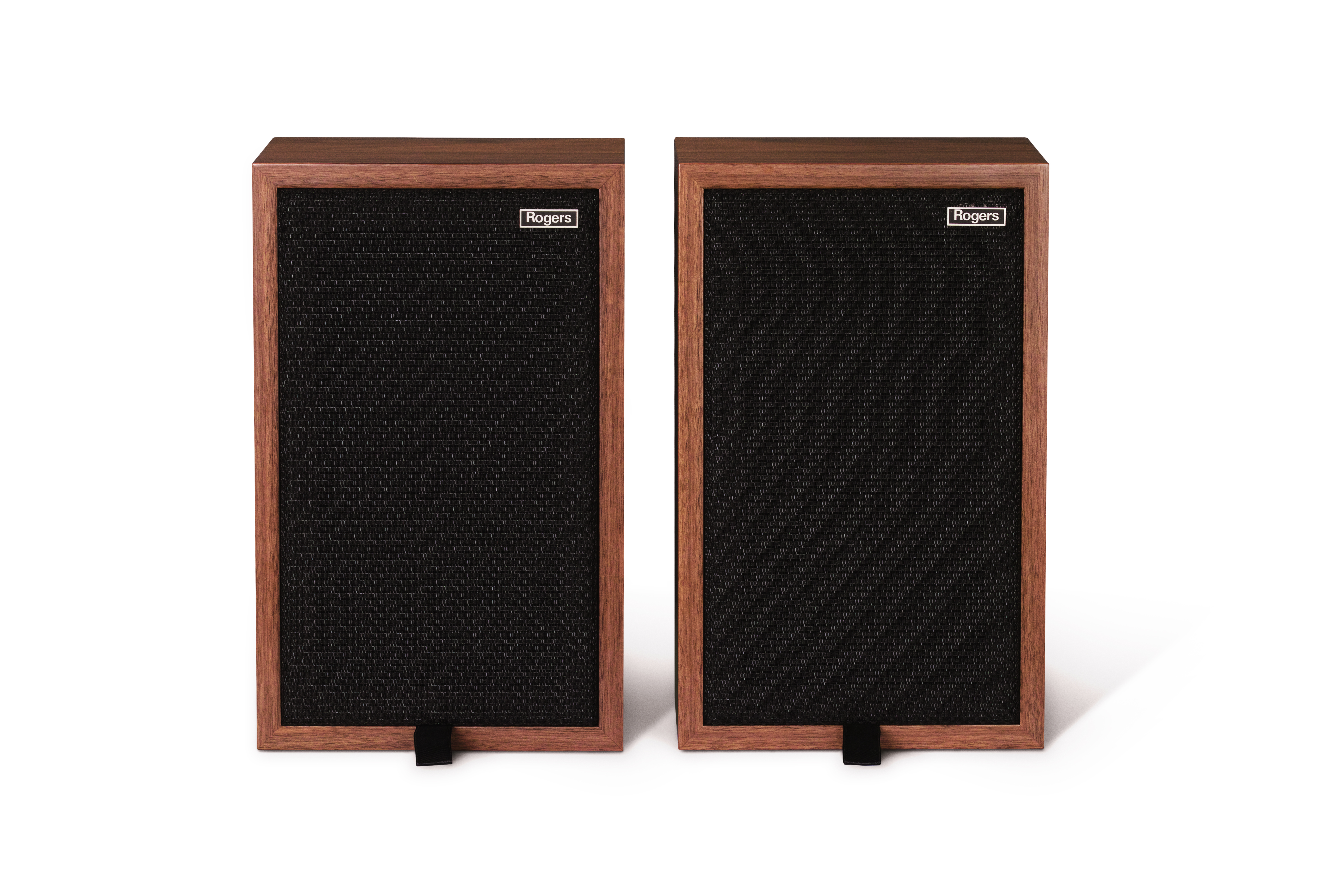
System type Two-way infinite baffle
Frequency response 80Hz-20KHz
Nominal Impedance 15ohms
Bass/midrange 110mm Bextrene cone
Tweeter 19mm Mylar dome
Sensitivity 82.5dB
Finishes Walnut, Rosewood and Olive
Grille Black Tygan
Dimensions (hwd) 30.5 x 19 x 16.5cm
Weight 4.9kg (each)
After that, I ran Exposure for about five years, and then for the past ten years, I’ve been working with Audio Note UK. I kept in touch with the Rogers people, and a few years ago they contacted me and said they were looking to make a small batch of speakers in the UK for Rogers' 70th anniversary.
We got those made, then I said to Richard Lee, the chairman of Wo Kee Hong, ‘Why don’t you just start making the 5/9 and 3/5A back in the UK?’ My friend Kevin from Talk Electronics has a factory, so I spoke to him and that’s what we did.
So we get the cabinet and the crossovers made here in the UK. I reverse-engineered the drive units, because KEF doesn’t make those anymore. They come in from China, we finish the drive units here and we assemble the tweeter – we put the dome into the magnet – so the final assembly is done here.
We’ve been doing that now for about 2.5 years. We have a BBC licence for that and do the same for the LS5/9. We’re also looking at making an active LS5/8; we’re doing the amplifier design and are hoping those will be ready this September.
A certain character
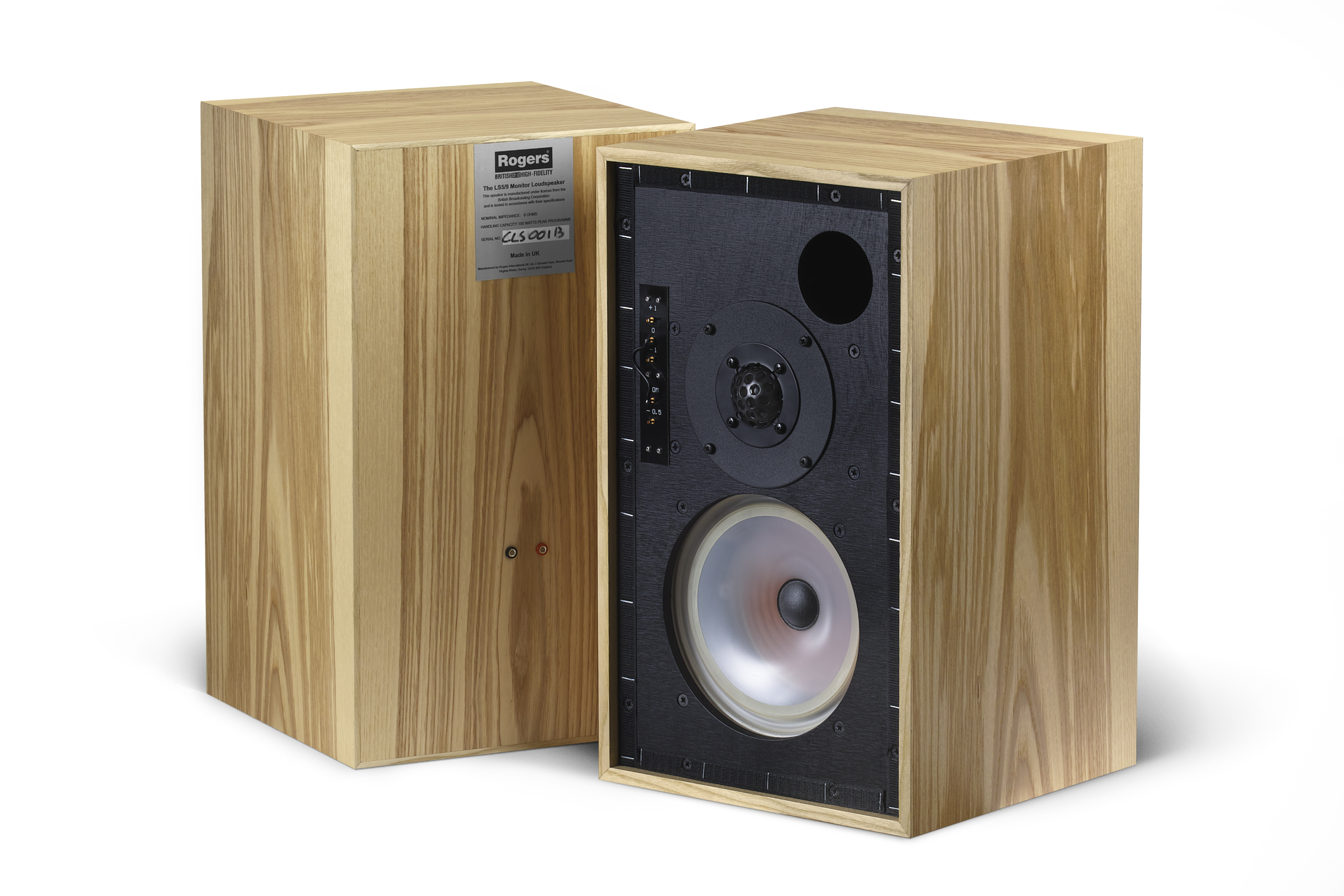
Why did you want to start making these BBC speakers again?
There still seemed to be an appetite for BBC-designed products. I was in the audio industry, travelling around to shows and, without being arrogant, most of what I heard didn’t actually sound that good. I’d start listening to the older stuff and think, that sounds better than some of the newer stuff. Why not make the old stuff again?
It has a certain character you don’t get with modern products. Maybe it’s a bit like driving a Morgan car: it’s not going to set the world alight with its 0-60mph stats or top speed, nor is it the last word in handling, but it still provides a purpose.
If you look at the quality of the R&D and the resources available to the BBC at the time, there must have been millions of pounds spent on developing the 3/5A – or certainly a considerable amount in today’s money. These days I wouldn’t know, but I don’t think so much is invested in the acoustics of the speaker.
You talk about the character of these speakers; how would you describe it, and what makes that BBC character so special?
I don’t have a BBC background on the design side, but ultimately, it’s all about the vocal and the voicing. If it’s for an outside broadcast van and they are mixing, the vocals have to be 100 per cent spot on. If you get that right in the critical mid-band, the bass and top aren’t so critical. Get it right and you’re pretty much home and dry.
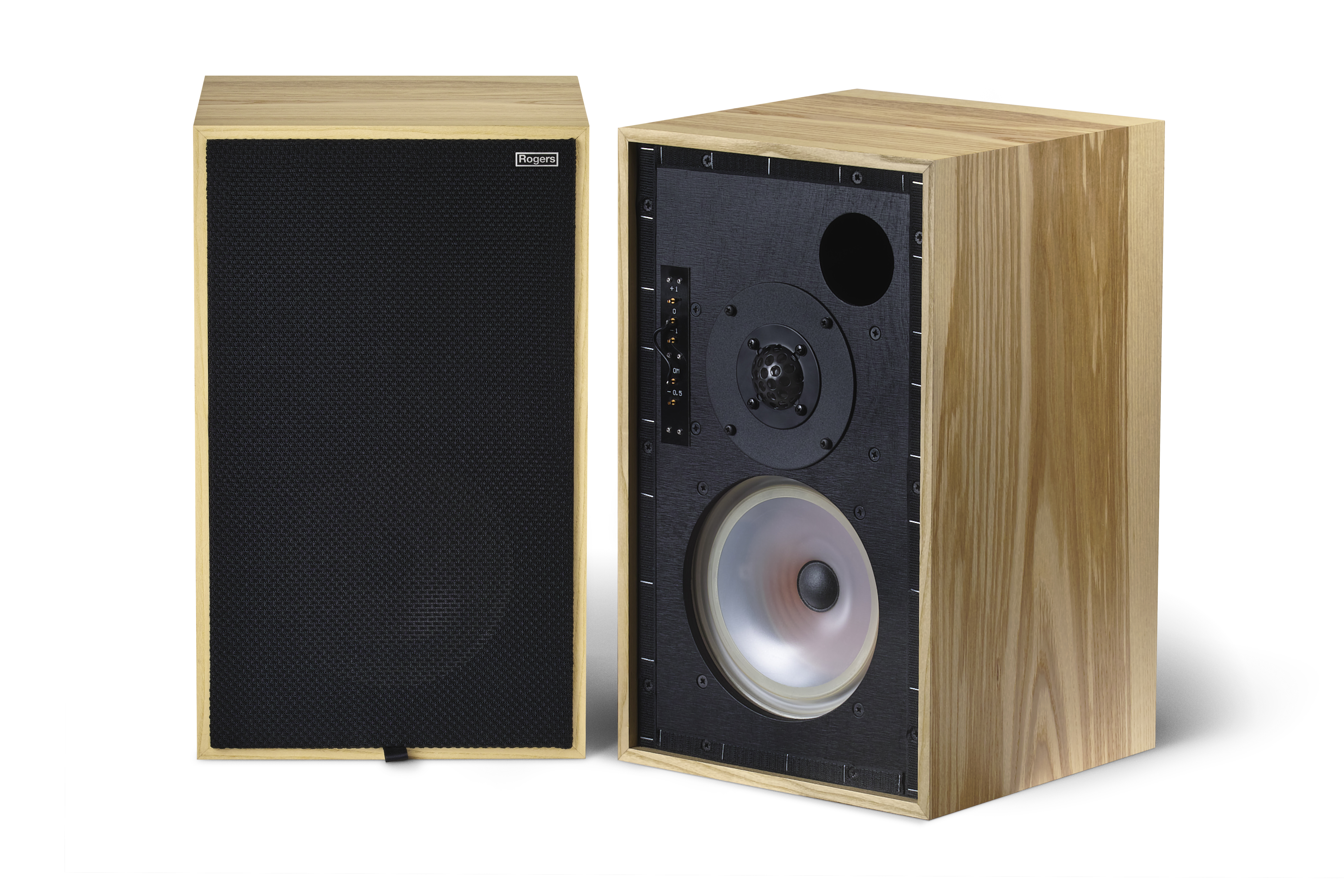
System type Two way bass reflex
Tweeter Audax 34mm with phase correction
Mid/Bass Rogers 210 mm polypropylene cone vinyl surround
Crossover 3KHz 27 precision element 18dB per Octave
Sensitivity 87dB for 1W at 1M
Nominal Impedance 8 Ohms
Power handling 100 Watts unclipped
Maximum SPL 106 dBA typical in room
Cabinet 9mm Birch plywood hardwood battens
Grille Black Tygan
Finish Walnut, Rosewood and Olive
Connections Stereo pair 4mm banana sockets
Dimensions 460mm x 275mm x 285mm (HxWxD)
Weight 12Kg (each speaker)
In terms of the driver development and crossover integration, it’s seamless and you can’t hear the join. So there’s no phase, there’s no funny off-axis performance, it’s easy to hear the layers – which, again, is quite important for recording.
It comes back to the tonality. It’s easy to design speakers to try and chase more detail and a brighter edged sound, but it’s like putting more salt on your dinner – you just upset the balance of the flavours. Ultimately, it’s about that presentation, that tonality and the ability to reproduce the human voice.
If you look back at what was around in the 1970s that has stood the test of time, there are only a few things – maybe a Mini or a London bus. But it’s trying to nail that flag that says this is what we made in the UK, this was our world-breaking commitment to audio back in the 70s, and it still seems to have some merit today.
If you take a pair of the new 3/5As and put them against the old 3/5As, there are subtle differences, but for all intents and purposes, they have the same DNA. You can follow it through.
Cranky old drive units
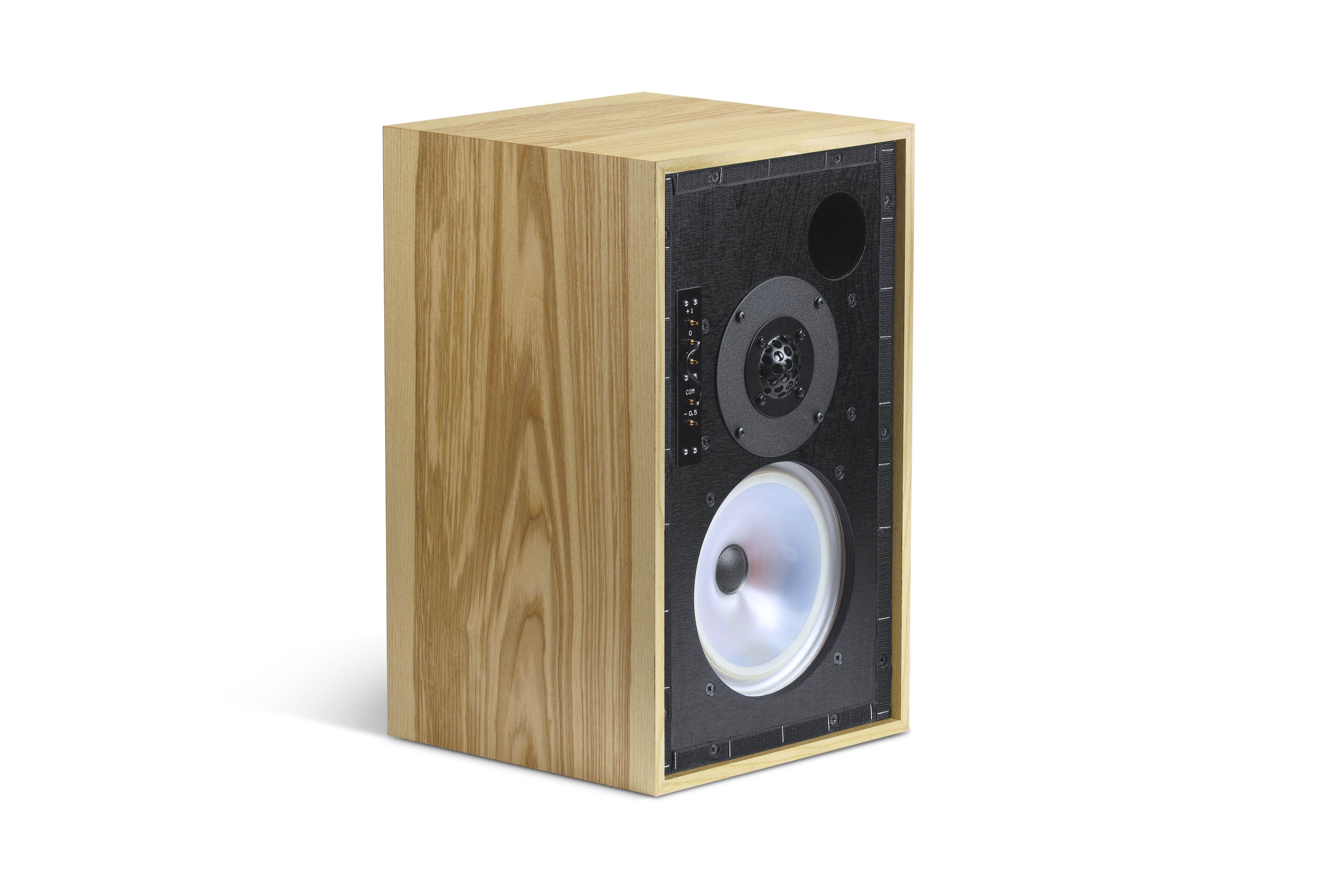
How many comparisons have you done with the new speakers?
I've done comparisons with earlier Rogers products, including a pair of 3/5A from 1976 that I use as my reference. The BBC licensed it out to more than one supplier in case of supply issues, but they should have been able to take one from any manufacturer and swap them out. The left speaker could have been a Spendor and the right a Rogers, and you should have still been able to mix on it.
You mentioned KEF now not making the drivers. Is that the main thing that's changed from the 1970s to now?
Yes, that's the biggest thing. KEF used to make the woofer and tweeter, then the independent licences used to make their own crossover. And there came a bit of argy-bargy between people saying these drive units are no good, and KEF would say, ‘Well it's your crossover’. Eventually, the BBC stamped that out, so KEF would produce the matched woofer, tweeter and crossover.
When KEF was bought out by Gold Peak – around the same time Gold Peak bought Celestion – they weren't interested in making 3/5As, as they had bigger fish to fry. They were looking at seriously growing the company, to the point where now KEF does the consumer side and Celestion does the pro side. And you can see with their modern products that they're going great guns. They aren't interested in making cranky old drive units – they leave that to us.
Sorting out the drive units was the biggest challenge. But on reflection, we're quite happy we managed to capture the essence of that. The way it's partnered with the crossover and the cabinet, with those three ingredients we've got the right result.
So are these current versions geared more towards hi-fi or pro?
I don't know how the market has changed on the pro side, but I want to get these speakers back into the BBC studios. I want to say to them: ‘Whatever you've got in Maida Vale, throw it in the bin and put the Rogers 3/5A in’. That's my plan anyway.
- Want more of this kind of thing? Check out the best British speakers of all time
-
podknocker I know the BBC needed a small studio speaker, back in the 70s, mainly for the accurate reproduction of voice and not so much for high bandwidth music. I'm puzzled why there are still speaker companies, trying to reiterate this design, when modern recording, or radio studios, tend to use something a little more modern and capable of doing much more than the LS3/5A could. Modern materials and production methods, have given us technically and visually, better products. Goodmans, Rogers, Harbeth, Spendor, KEF (I think), have produced the classic BBC LS3/5A design many times, but I'm wondering if this BBC studio monitor really needs further releases. I'm sure there are UK speaker companies, the BBC could use. Perhaps, the BBC could use the new version of the Mission 770 and although it's a revision, it is a lot bigger and must be capable of providing all the BBC needs. The LS3/5A design, to me, just seems outdated and unnecessary. It's the same for the bigger model: https://www.whathifi.com/reviews/rogers-ls-59 Not much use outside a BBC Radio 4 studio and not exactly a bargain.Reply -
WayneKerr Reply
Have you ever heard any of these "BBC" speakers?podknocker said:I know the BBC needed a small studio speaker, back in the 70s, mainly for the accurate reproduction of voice and not so much for high bandwidth music. I'm puzzled why there are still speaker companies, trying to reiterate this design, when modern recording, or radio studios, tend to use something a little more modern and capable of doing much more than the LS3/5A could. Modern materials and production methods, have given us technically and visually, better products. Goodmans, Rogers, Harbeth, Spendor, KEF (I think), have produced the classic BBC LS3/5A design many times, but I'm wondering if this BBC studio monitor really needs further releases. I'm sure there are UK speaker companies, the BBC could use. Perhaps, the BBC could use the new version of the Mission 770 and although it's a revision, it is a lot bigger and must be capable of providing all the BBC needs. The LS3/5A design, to me, just seems outdated and unnecessary. It's the same for the bigger model: https://www.whathifi.com/reviews/rogers-ls-59 Not much use outside a BBC Radio 4 studio and not exactly a bargain. -
podknocker I've never heard any of these speakers. I'm sure they sound great, for their intended purpose and meet the brief, perfectly. I just can't understand why the same models are released over and over again. There are many speakers out there, that could do the same job, for a lot less money and be very modern looking also. I think the BBC could use modern speakers, which use the latest materials and expertise, but could also look betterand cope with the demands of many scenarios and installations, not just the limited scope of these speakers. Having monitor speakers, that reproduce the human voice perfectly, but perhaps couldn't cope with much else, seems to be a very niche and limiting design. The 'new' Rogers LS 5/9 is nearly 5 grand and uses 30 year old crossovers, they had spare. That's a joke.Reply -
WayneKerr Reply
I would suggest that your get your ears wrapped around a set of "BBC design" monitors and then report back... I think you may be pleasantly surprised as to their abilities, it's not only the human voice they do well. Personally I own a set of Harbeth P3's and their naturalness and tonality astound me. However, I do agree with you that some of these speakers are a ridiculous price.podknocker said:I've never heard any of these speakers. I'm sure they sound great, for their intended purpose and meet the brief, perfectly. I just can't understand why the same models are released over and over again. There are many speakers out there, that could do the same job, for a lot less money and be very modern looking also. I think the BBC could use modern speakers, which use the latest materials and expertise, but could also look betterand cope with the demands of many scenarios and installations, not just the limited scope of these speakers. Having monitor speakers, that reproduce the human voice perfectly, but perhaps couldn't cope with much else, seems to be a very niche and limiting design. The 'new' Rogers LS 5/9 is nearly 5 grand and uses 30 year old crossovers, they had spare. That's a joke. -
Gray Reply
The BBC have used little Dynaudio's in their radio studios for a while now - maybe they got a good bulk discount.podknocker said:I've never heard any of these speakers. I'm sure they sound great, for their intended purpose and meet the brief, perfectly. I just can't understand why the same models are released over and over again. There are many speakers out there, that could do the same job, for a lot less money and be very modern looking also. I think the BBC could use modern speakers, which use the latest materials and expertise, but could also look betterand cope with the demands of many scenarios and installations, not just the limited scope of these speakers. Having monitor speakers, that reproduce the human voice perfectly, but perhaps couldn't cope with much else, seems to be a very niche and limiting design. The 'new' Rogers LS 5/9 is nearly 5 grand and uses 30 year old crossovers, they had spare. That's a joke.
I get your point about the apparent limitation of speakers designed with vocals in mind. But as Wayne said, they don't only do vocals well. And vocals are probably the best test for the accuracy of any speaker.
If they can't do vocals well, in terms of tonality, they will get much else wrong.
As well as fave music, a voice recording of someone you know well, such as a family member (but not your own voice) would be a good thing to take to demos. -
podknocker Harbeth Compact 7ES-3 XD review | What Hi-Fi? (whathifi.com)Reply
These look impressive, but a bit pricey. I'd love to hear them, just to find out why people give them such praise. -
WayneKerr Reply
That was the exact reason why I got the P3's, just to see what all the fuss was about and was immediately impressed by them. I guess they either suit your ears or they don't. Fortunately I got in when the prices were a bit more palatable.podknocker said:Harbeth Compact 7ES-3 XD review | What Hi-Fi? (whathifi.com)
These look impressive, but a bit pricey. I'd love to hear them, just to find out why people give them such praise.
